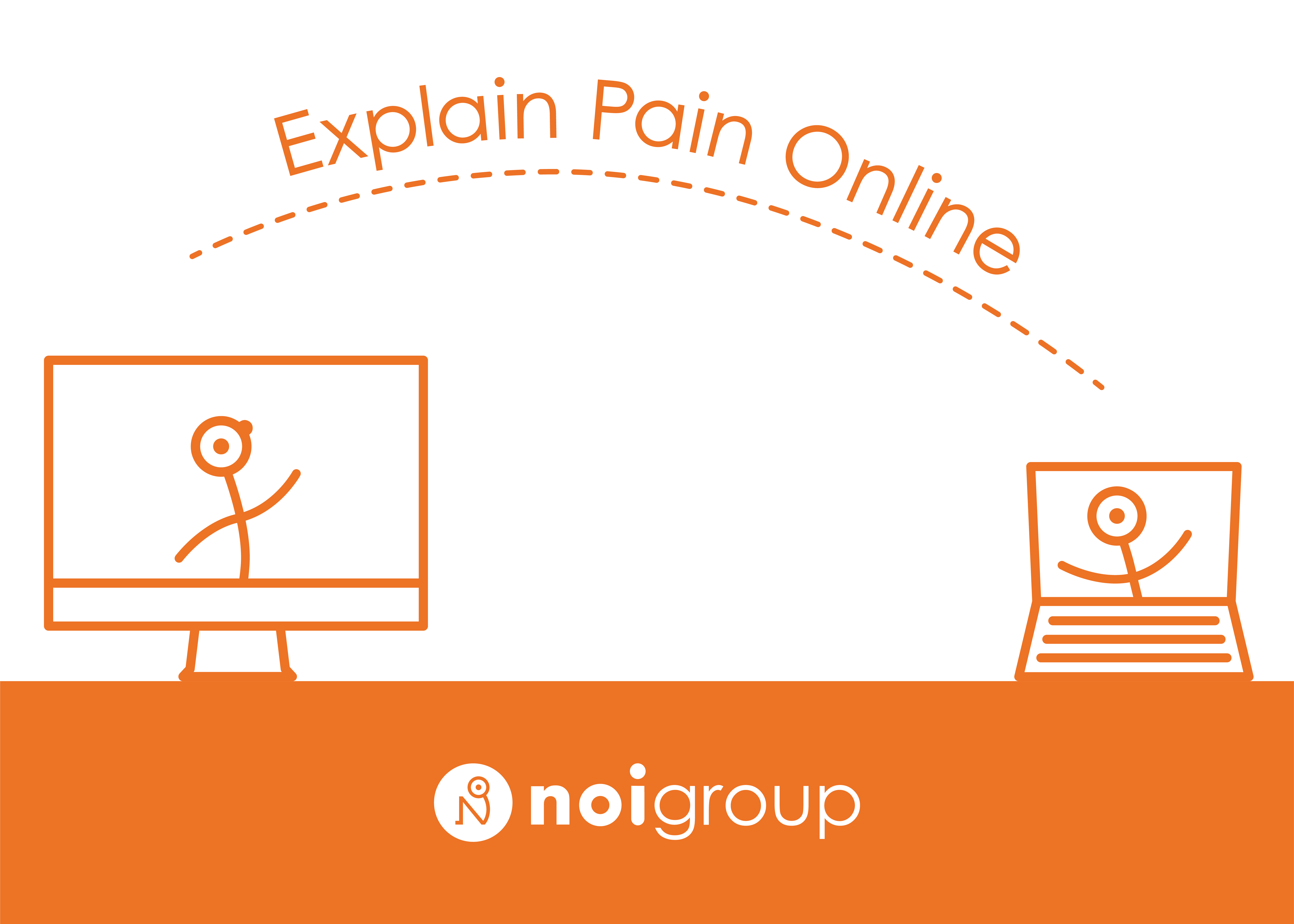A great guest post from clinical specialist physiotherapist and NOI Europe instructor, Dr Ben Davies. Our thanks to Ben for sharing this metaphorical take on the immune system from his recent online Explain Pain course.
The language of the immune system
On Explain Pain courses we have some key aims. One is to increase participants knowledge and understanding of the many contributors to a person’s pain experience; these range from large scale social factors to micro scale inflammatory factors. A second aim is to consider how we may translate this information to a patient when needed.
I find that the science of our immune system is an area where this gets really tricky. The cell names – astrocytes, microglia, oligodendrocytes – are a challenge [1]. The neurochemicals by which they communicate and modulate the nervous system – Interleukin-6, Tumor Necrosis Factor-alpha – are a mouthful [2]. The immune system intimately connects with and modulates the nervous system and is critical to so many bodily processes including tissue healing, neuroplasticity, learning and mood changes [3].
In terms we both understand
A metaphor is a piece of language I use to describe to you something I understand, in terms that we both understand [4]. The following metaphor for the immune system came from a course participant and I think it useful for conceptualising the many functions the immune system plays in the body.
Road traffic accidents and travel notifications.

Imagine a serious road accident on a major road nearby (the M5 motorway is close to me in the UK).
First to respond are the emergency services – police, ambulance, fire brigade – these are the macrophage and mast cells of the immune system. Their role is to limit damage, clear debris and initiate basic repairs.
The accident and the emergency service response cause local changes – the traffic is halted on the road with the accident and slows down as traffic move to alternative routes (local inflammation and fluid stasis).
The local area is certainly “aware of the problem”.
The local traffic issue is communicated outwards to the rest of the road users by the system of motorway travel signs and radio travel alerts – “Gridlock on the M5, take alternative routes”. Resources are redeployed, both toward the issue for longer term healing requirements and away from the area to promote rest and recuperation.
People who are not on the road also learn about the accident by TV news bulletins, they may choose different behaviours – not to travel, work from home, rearrange social plans. Are these similar to the behavioural changes the immune system can lead to? [5] Sometimes these behaviour changes are long term, despite the fact the traffic accident has been cleared “Never travel on the M5, it’s always clogged up!”
Choose your metaphors with care
There is never one story that is applicable to all patients, clinicians need to choose and adapt stories to match the person’s life world and experience. This traffic accident metaphor does not perfectly explain all facets of the immune system, but for the right person at the right time, maybe an option to help them grasp the complexity of that system.
Ben is a clinical specialist physiotherapist and experienced NOI Instructor. Ben completed his PhD investigating strategies for physical and psychological management strategies for painful diabetic neuropathy with the University of the West of England in 2017
Related ‘jams
Bull markets and pain metaphors (2020)
Cars, trucks, buses and metaphor (2018)
Up, down, in and around: the malleability of metaphor (2016)
A mouthful of metaphors (2014)

Together with the NOI Europe crew, Ben is teaching both online and face-to-face courses including Explain Pain and Graded Motor Imagery. For dates and details, head over to noigroup.com
References
[1] Allen NJ, Barres BA. Glia — more than just brain glue. Nature 2009;457:675.
[2] Ji R, Chamessian A, Zhang Y. Pain regulation by non-neuronal cells and inflammation. Pain Research 2016;354:572–7.
[3] Yirmiya R, Goshen I. Immune modulation of learning, memory, neural plasticity and neurogenesis. Brain, Behavior, and Immunity 2011;25:181–213.
[4] Neilson S. Pain as metaphor: Metaphor and medicine. Medical Humanities 2016.
[5] Watkins LR, Maier SF. Beyond neurons: evidence that immune and glial cells contribute to pathological pain states. Physiology Review 2002;83:981–1011.

Nice one Ben, I’m going to steal that one 😁